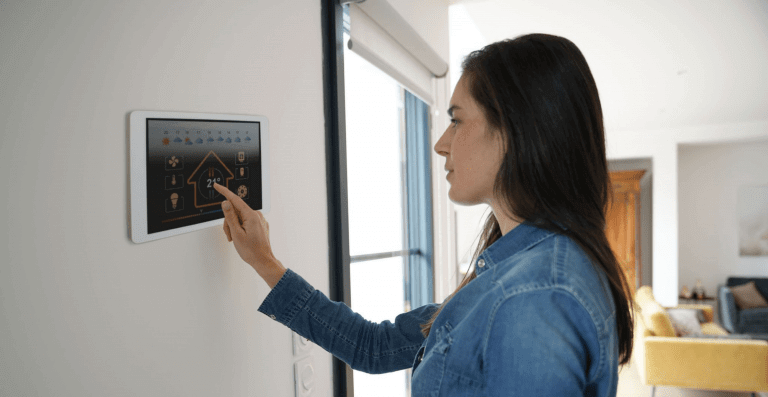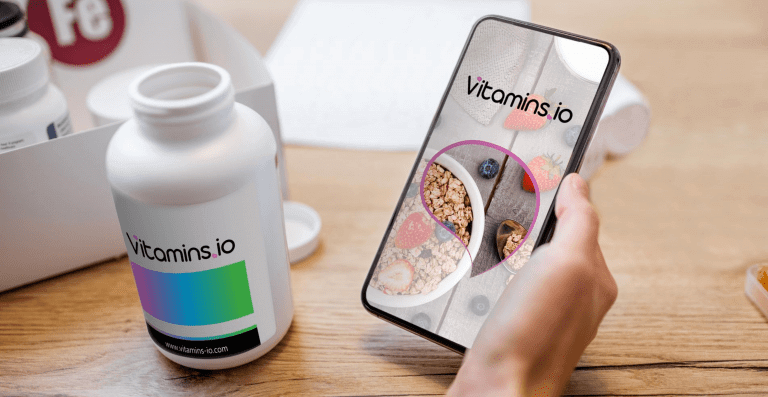The Internet of Things, shortly known as the IoT, are the billions of devices around the globe that are connected to the internet. These devices collect and share plenty of data. Thanks to small computer chips and the ubiquity of wireless networks, it’s possible to turn any physical device into a connected device. The IoT connects all these devices and enables them to communicate real-time data without involving a human in the process.


The internet of things is becoming our reality. Just like you saw in Sci-fi movies, everything in your home can be connected. From the door lock, to your washing machine and house lights. Even the more simplest things like your bottle of water. The Internet of Packaging is gaining popularity and will soon be part of every product and consumer box you buy.
The number of devices connected to the internet reached 22 billion worldwide at the end of 2018, according to the latest research from Strategy Analytics.
Almost everything you will own in the next couple of years will have a microprocessor or some sort of communication chip. Think of your watch that is already capable of doing these things and you can simply imagine where it will go from there.
In the near future you will start to interact with your products in a more personal way. Think about buying your favorite bag of chips or a box of cereal you always get. To do this, brands will have to place a simple and tiny chip into the regular box. This is already happening today and will increase in the future as brands and manufacturers want to know more about their customers.
How they do this is by giving each pack a unique identity or number and then connect the package to the internet. FMCG (Fast-moving consumer goods) marketing teams can get millions or even billions of packages connected to the internet which is creating the Internet of Packaging.
The potential of connected packaging is huge. The information it can give on consumers is a game-changer and the possibilities are endless.
